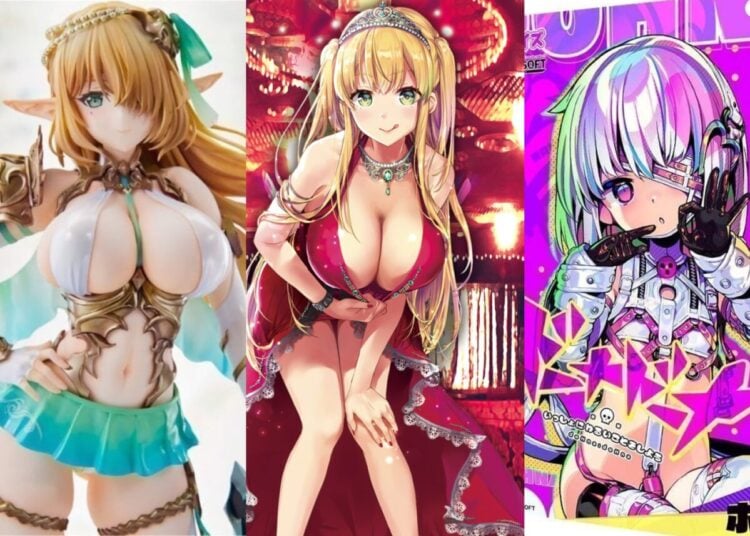J-List has been in business for an unbelievable 28 years, and the number of changes we’ve seen over the years has been incredible. In this post, let’s look at how the world of anime figures has evolved and discuss a change in J-List figure preorders going forward!
Happy New Year from your Friend in Japan, J-List! We hope 2026 is a year of happiness and peace for you. To get things off right, we’re having a huge site-wide New Year’s Sale through Jan. 6, giving you 15$ off all in-stock products. Start browsing now!
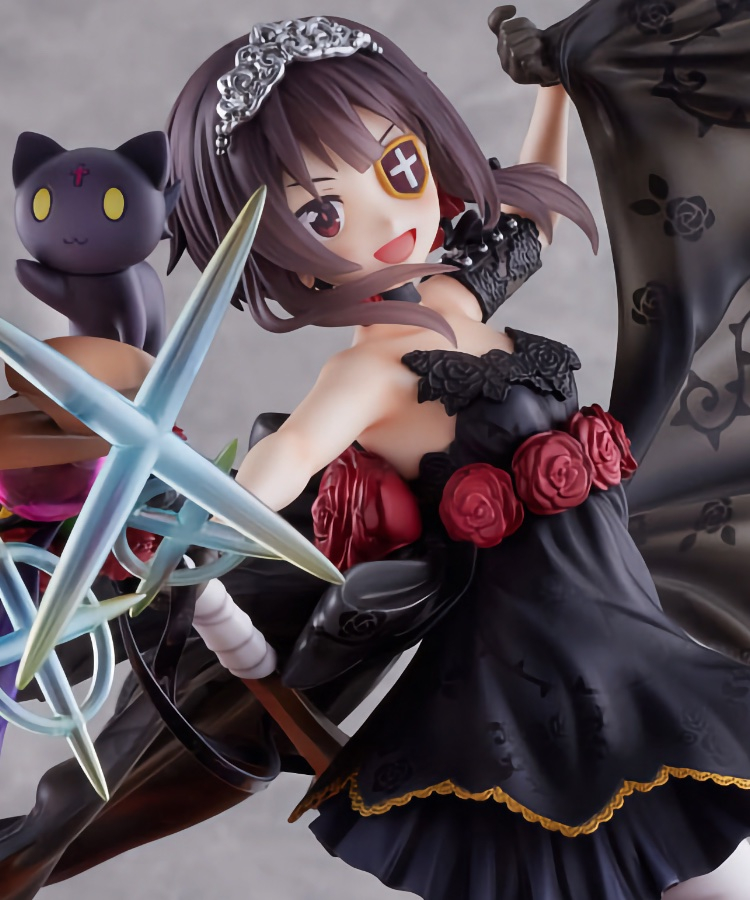
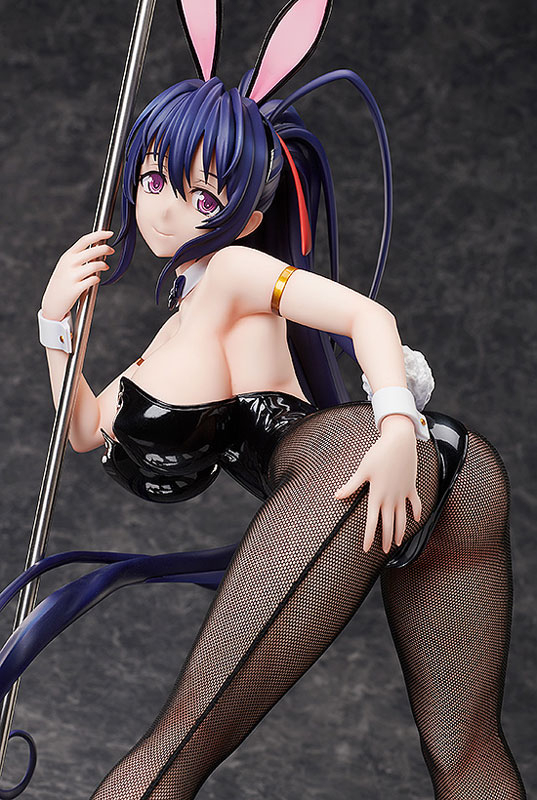
First: A Change to J-List Anime Figure Preorders
When J-List launched our new website in early 2023, we introduced a “deposit system” that allowed you to preorder an anime figure for $20 and then pay the balance when the figure arrived. We got enough feedback that customers preferred the old “pay and forget” preorder system better. So, we’re switching it back. Going forward, you’ll need to pay for preorders at checkout and then pay for the shipping only, when the item comes in stock.
We feel the new system is better because you don’t need to remember to budget for the balance of that $180 figure purchase nine months into the future, which is always hard. Instead, you can order whatever awesome anime figure, giant oppai mouse pad or cool dakimakura you want today and forget about it. You only have to pay for the shipping, which will be accurately calculated when the item is ready to go out to you.
Why are anime figures from Japan so awesome? We love the way they make an anime character “real” and allow us to examine their face and body and unique anime hair from all angles, something we can’t do when watching their anime. And, of course, the best thing about a good anime figure is getting to look up her skirt. Hey, don’t judge us!
How Have Anime Figures Changed Since J-List Was Founded?
Anyone under the age of 25 might not believe me, but there was a time when anime was an extremely niche thing to be into, and it was considered an underground hobby. I started J-List in 1996 to sell any kind of anime or ecchi product customers around the world wanted to buy, and it’s been a lot of fun seeing the industry evolve over the years. I thought it’d be fun to write an overview of how anime figures have changed for fans since the early days!
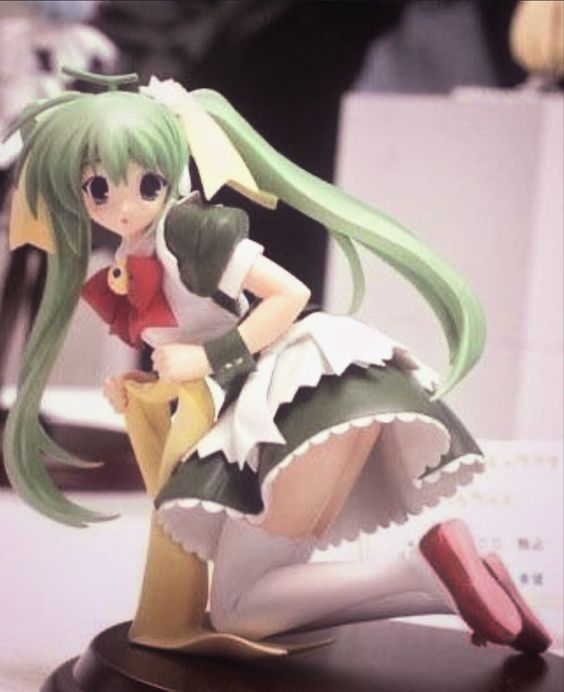
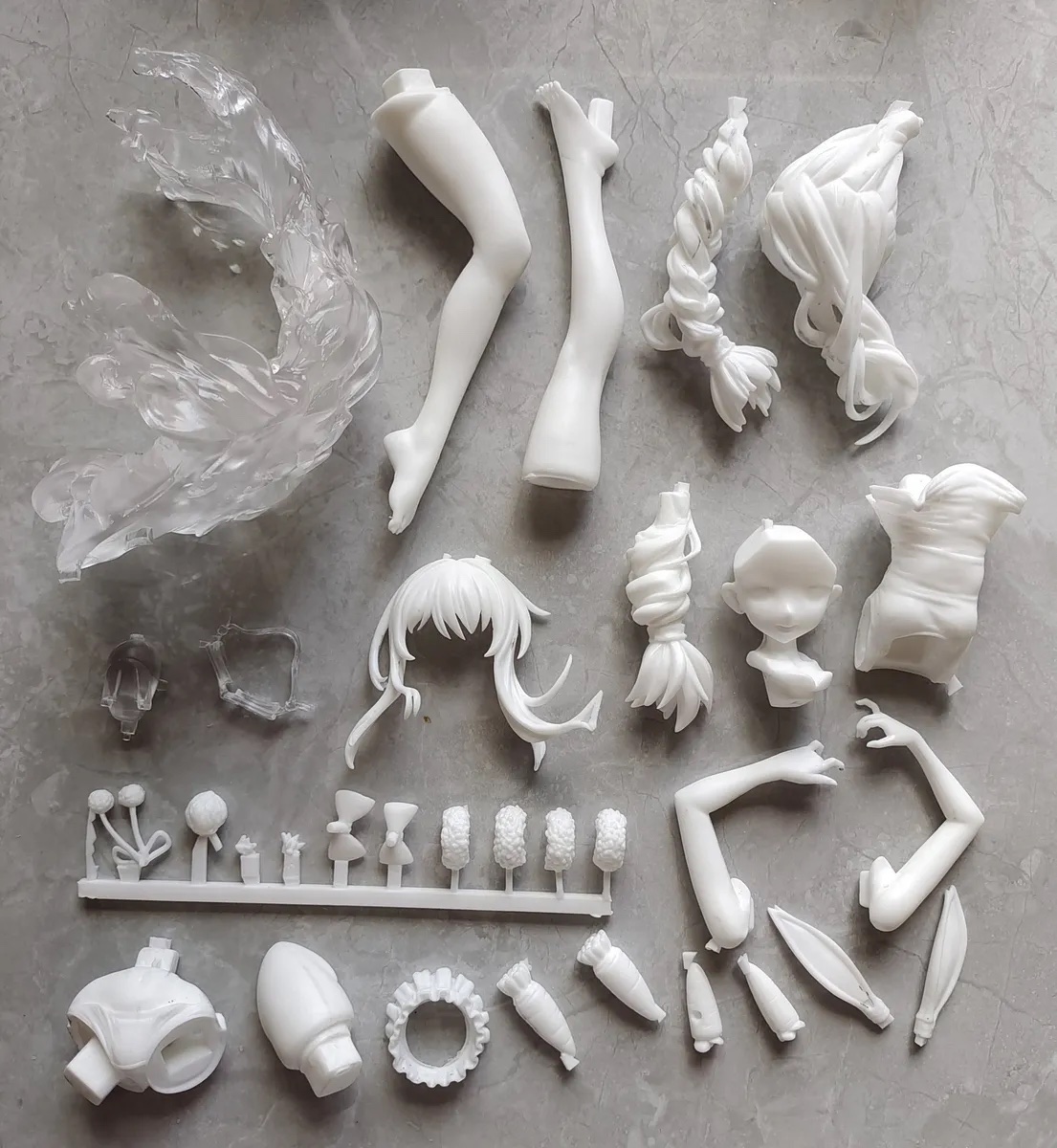
The Garage Kit Era
If you’ve watched the outstanding Otaku no Video OAV, which helped define otaku culture in its early days, you’ll have heard of “garage kit” figures. These started out as fan-made sculpts of figures that were made in small batches and usually without permission from the copyright holders. The figures grew so popular that loopholes had to be created to allow the kits to be displayed and sold at the legendary Wonder Festival figure event, with IP owners agreeing to look the other way.
I don’t know about you, but I lack the skills to assemble and paint an anime figure. So I’ve never had much interest in garage kit figures, though they are awesome to look at.
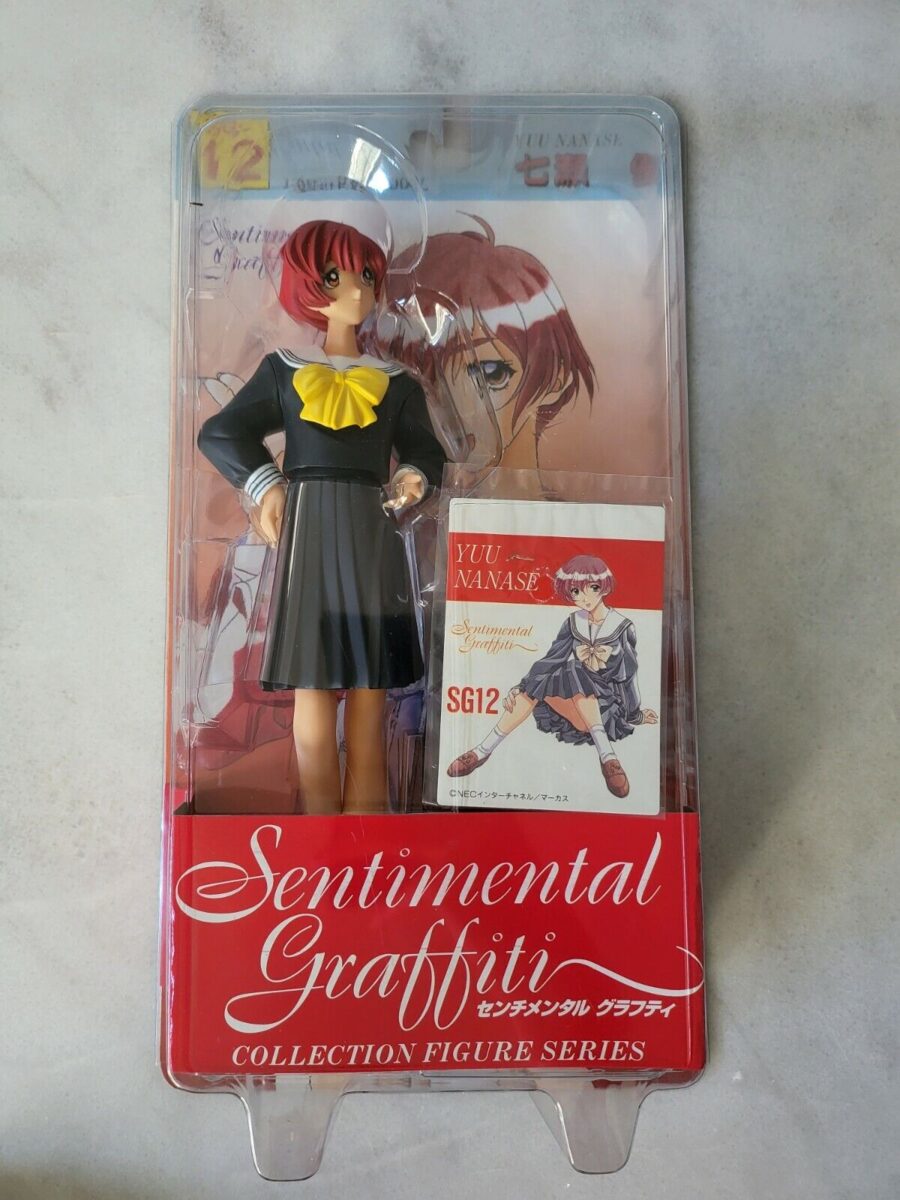
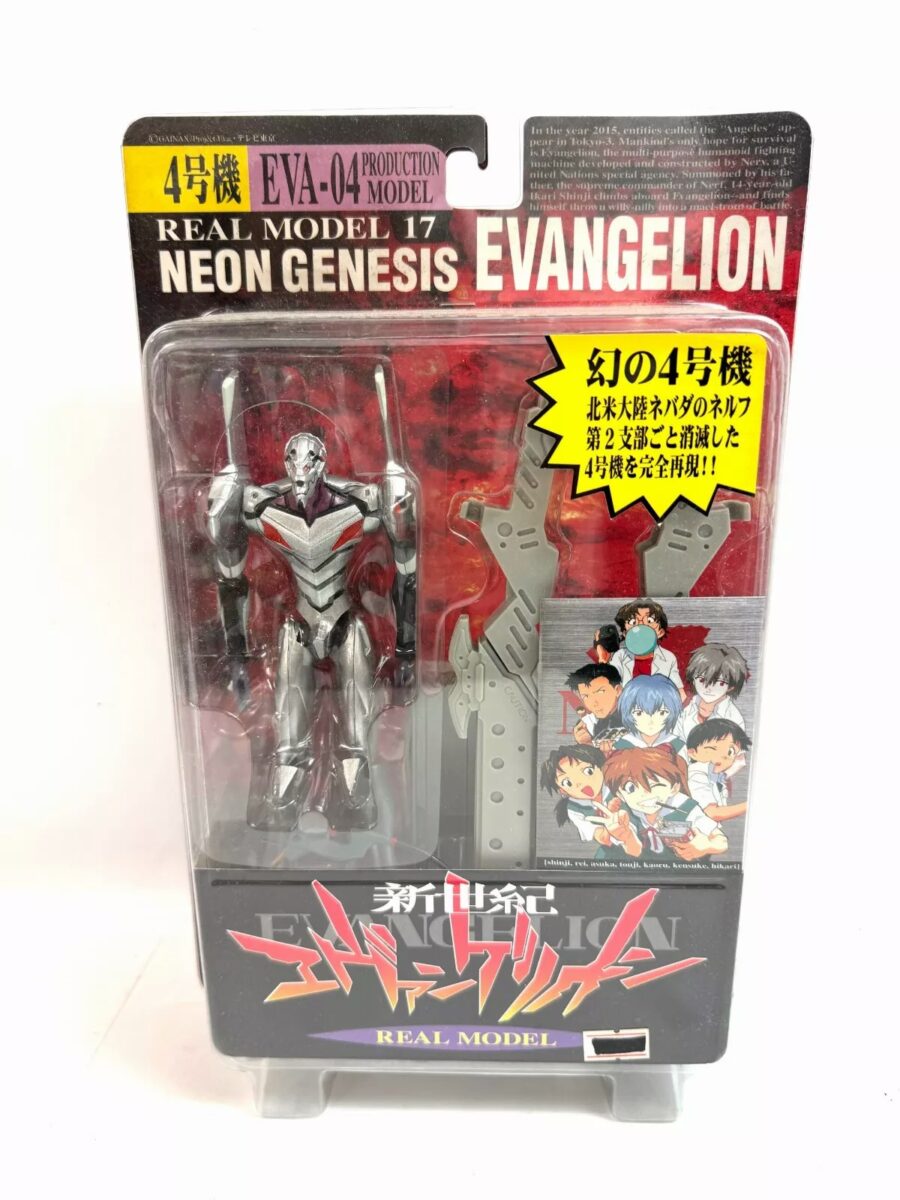
The Early Anime Figure Era 1995–2000
J-List came onto the scene just as garage kits were fading away and proper pre-painted figures were becoming the norm. The figures back then were far less sophisticated than the ones you can buy today, often made of hard resin created in a “cold cast” molding technique and with much less detail.
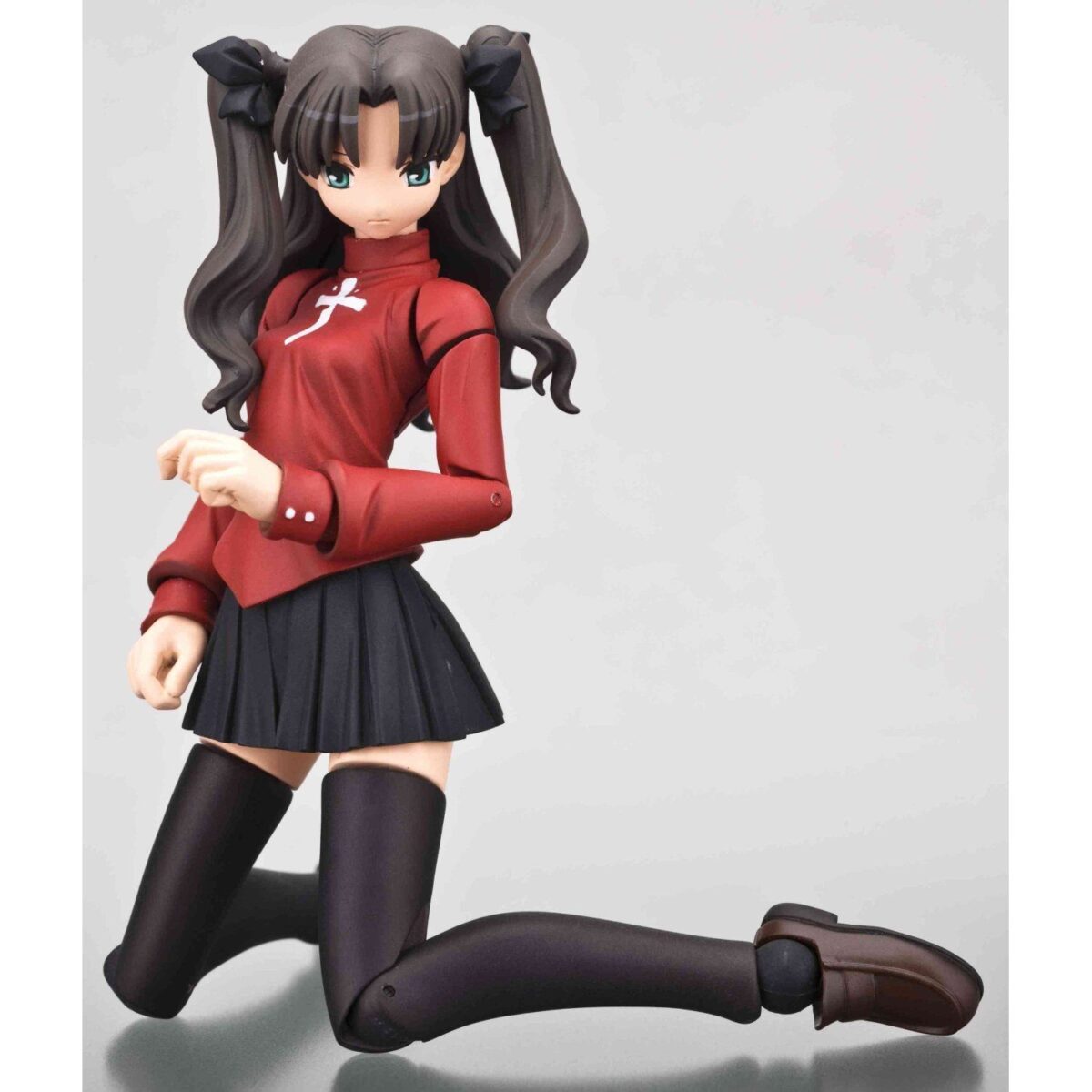
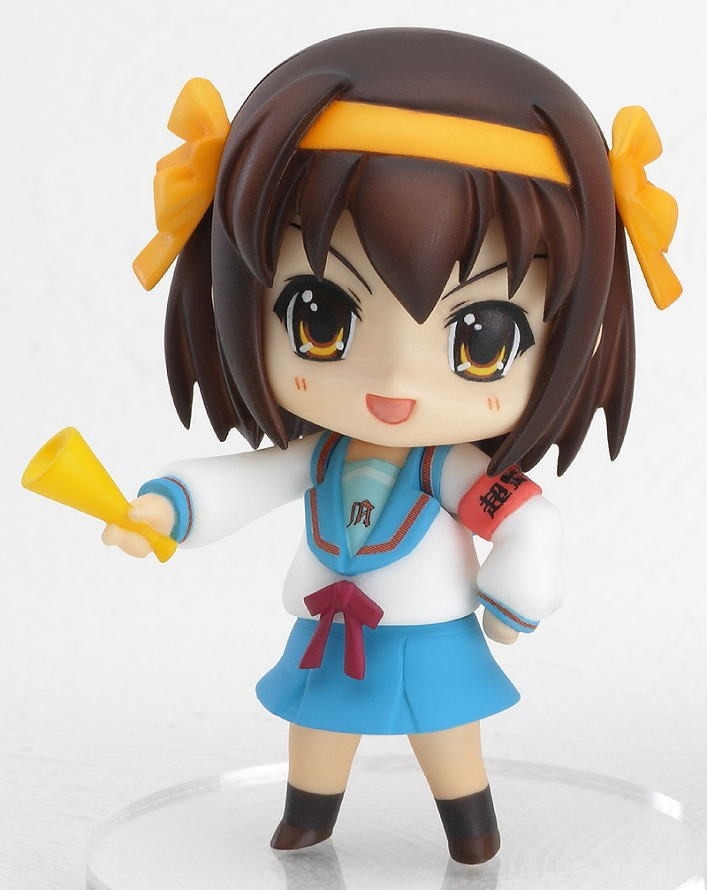
From Revoltech to Nendoroid to Figma
The early 2000s saw the establishment of several “brands” of figures as manufacturers got smarter about design and marketing. First was Kayodo’s Revoltech line, which impressed fans with how perfectly they captured the essence of the characters and how you could put the figure into any pose imaginable. Good Smile Company soon took over the industry with their super deformed-esque Nendoroid and highly detailed Figma figure lines.
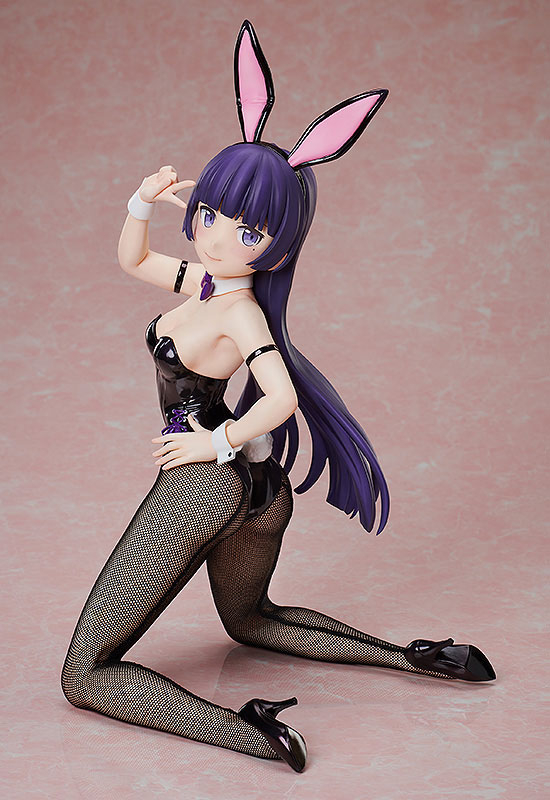
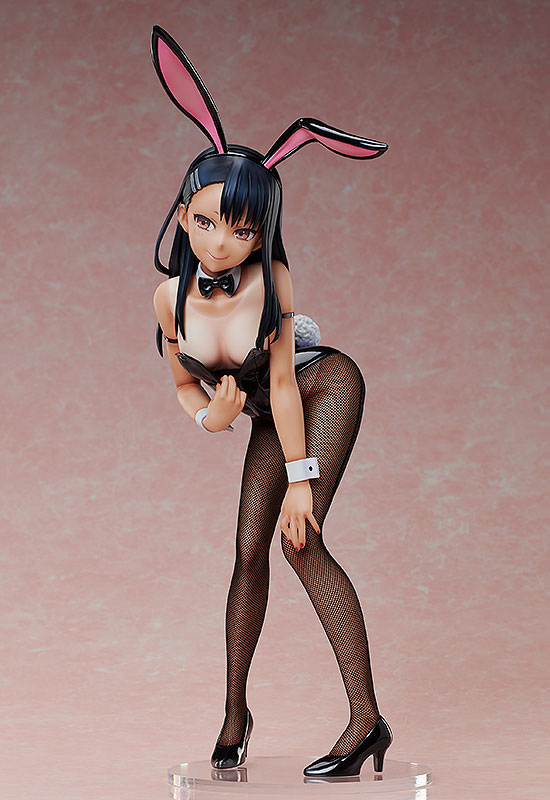
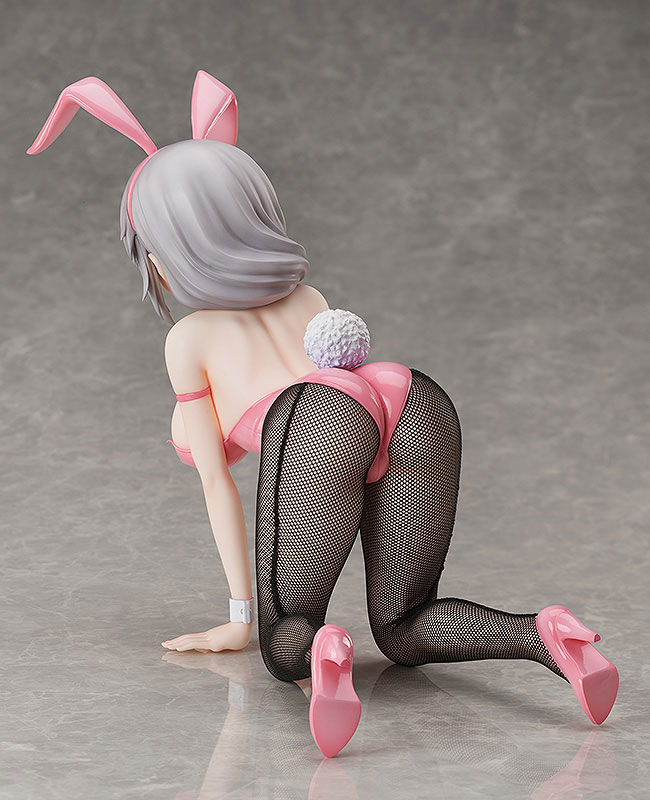
My favorite figure lines are the huge 1:4 scale Bunny Girl figures from FREEing. These figures allow you to build a shrine to your favorite waifus, all in the same scale. I could stare at them for hours.
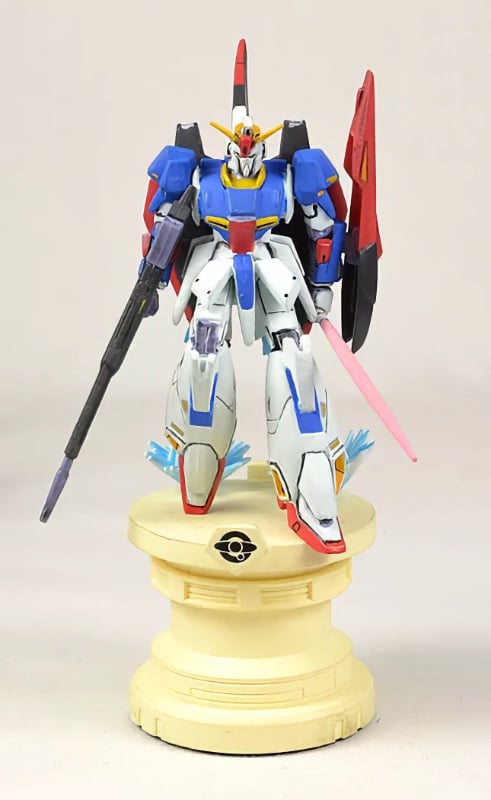
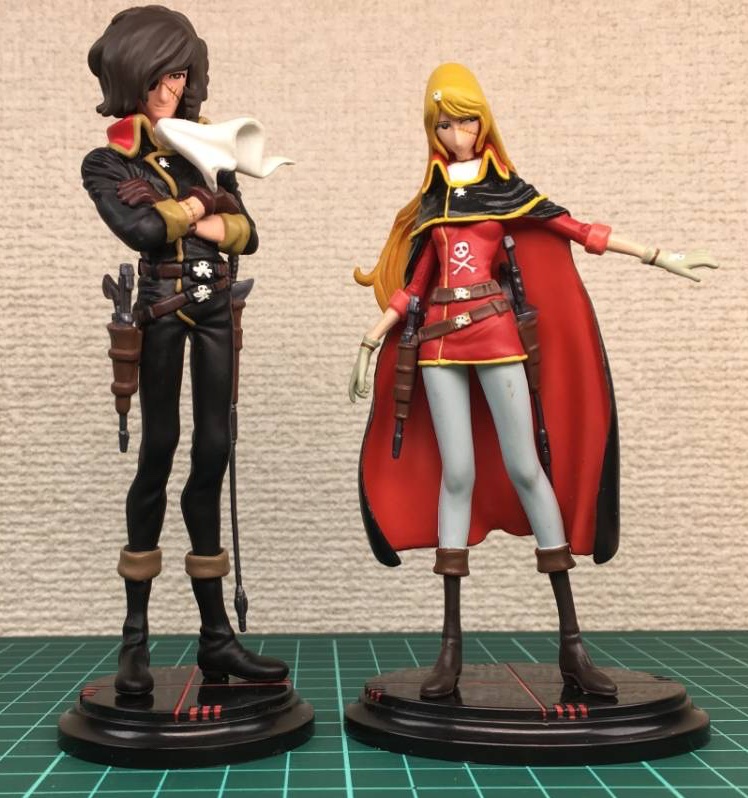
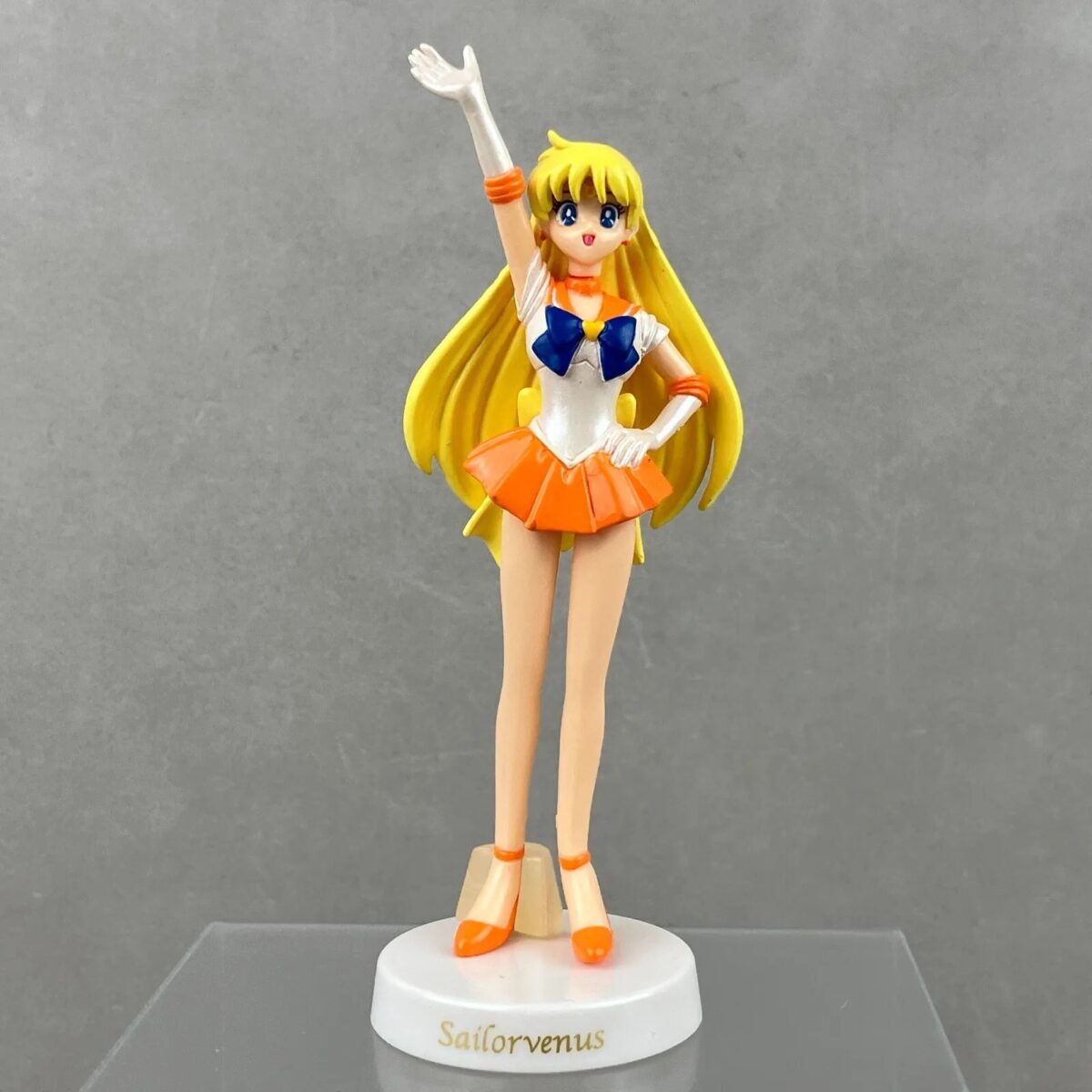
Anime Figures on the Cheap: “Candy Toys” for One Coin!
The world encountered two difficult recessions: the Dot Com Bubble bursting in 2000 and the Global Financial Crisis in 2008. But Japan had pretty much been in an economic downturn off and on throughout the 1990s and early 2000s. Oddly, this was “good” for J-List and JAST USA. The bad economic environment forced Japanese companies to think about the world outside Japan if they wanted to survive.
One innovation in selling figures to cash-strapped anime fans was the Shokugan or “Candy Toy” figure era. These were small figures that fans could buy for “one coin” (¥500). They were sold in random boxes, so fans had to buy several to complete a set. The manufacturer included a small piece of candy or gum in each box. This meant that supermarkets could carry the figures, hence their name. The figures were small but detailed, and J-List sold a ton of these when they were popular. Especially when they made Battlestar Galactica, Star Trek and Space: 1999 figures you could only get in Japan.
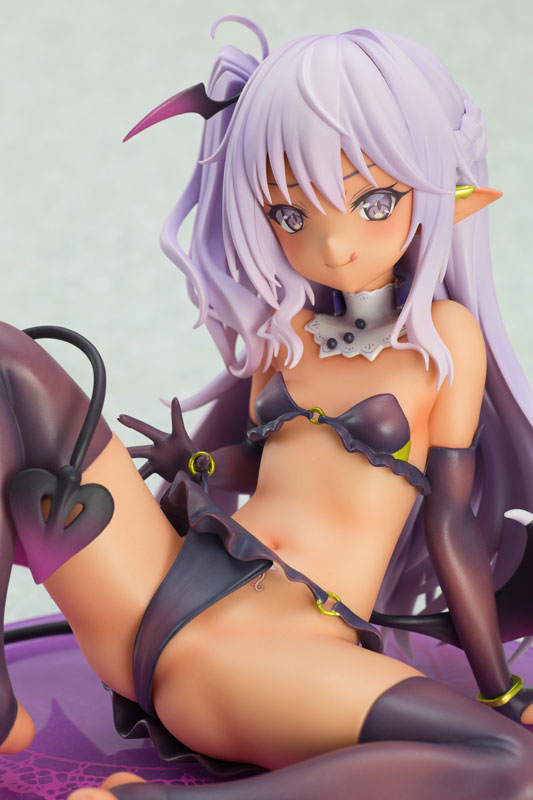
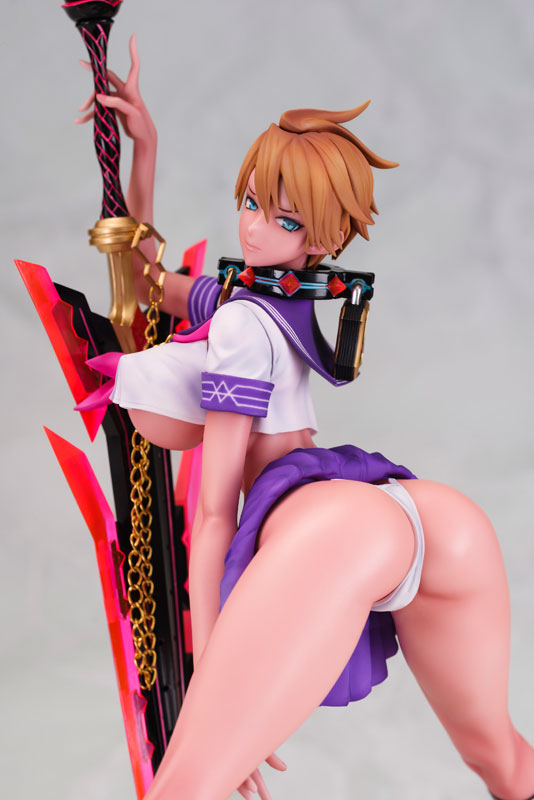
Anime Figures Get Sexy: The Rise of Cast-Off Figures
If you’re male, the first rumblings of curiosity about the female body might have come when you removed the clothes from your sister’s Barbie dolls to see what all the fuss was about. Japan dialed this idea up to 9000 by making bishoujo anime figures with clothes you can remove.
The term “cast off” originated from a line of action figures from the 2006 Kamen Rider Kabuto film that contained parts that could be removed to change the toys from one mode to another. But the term was quickly appropriated by the anime figure industry to describe 18+ figures that could be made nude. Taking cues from figure modders who would create nude versions of existing figures, manufacturers started commissioning fully detailed molds of figures with clothing that fans could remove. What a time to be alive!
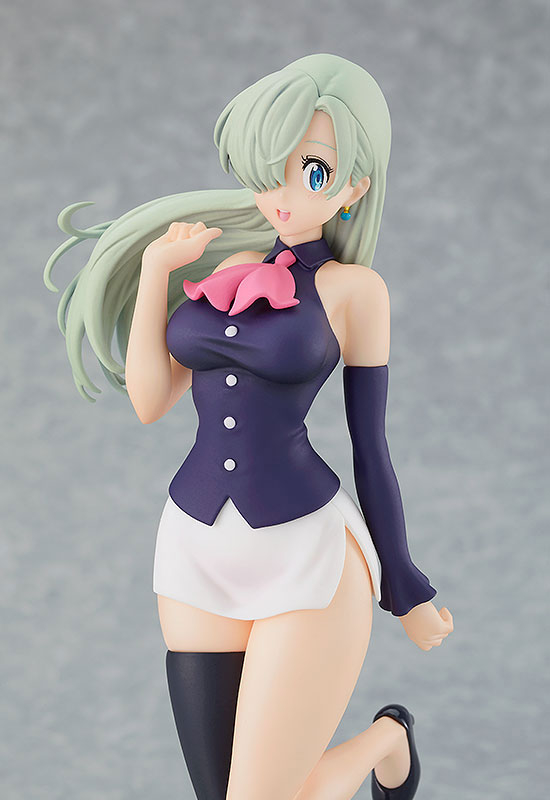
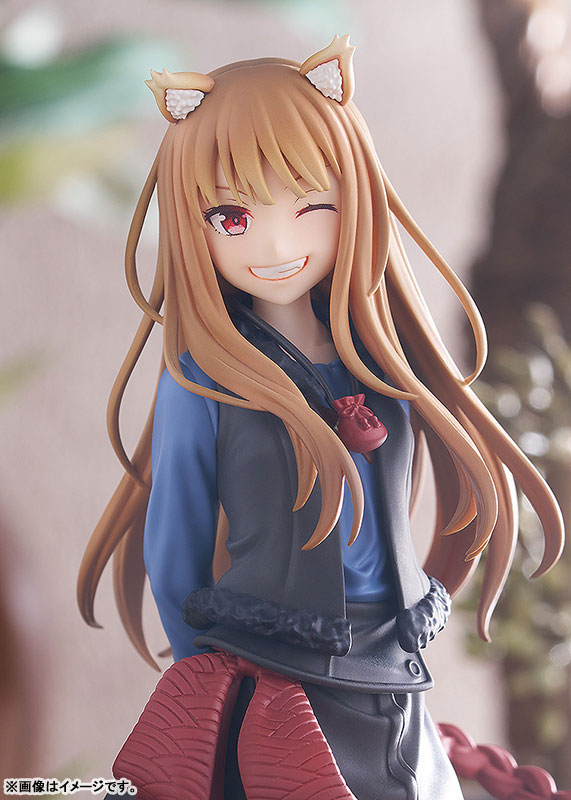
The New Era of Low-Cost Anime Figures
I often write about how Japan is a unique country for having such low inflation. In general, prices for most products largely stayed at 1991 levels for 25 years or so. This sounds great until you realize that salaries don’t grow in this environment. This low inflation was a hangover from the bursting of Japan’s bubble in 1992, which took this long to work itself out.
What does the end of negative interest rates mean for Japan’s economy? I’ve got a blog post for you here!
But even in low-inflation Japan, high-demand products will naturally show steady inflation. And with the huge interest from fans worldwide, anime figures were always quite expensive. This changed in 2019 when Good Smile Company launched its POP-UP PARADE figure line, which made gorgeously sculpted figures much more affordable. The new figures were much cheaper, allowing casual fans to start a figure collection. The line also protected and supported the existing market for larger 1/8 or 1/4 scale figures.
Another thing I like about the low-cost figure boom is how the easier-to-license figures mean more variety in what gets made. Bridget from Guilty Gear or Elizabeth from The Seven Deadly Sins might not be popular enough to justify a full-sized figure. But at the lower price point of the POP-UP PARADE figures, many more fans will open their wallets. Everybody wins!
Thanks for reading this blog post about how anime figures have changed over the past 25 years. What anime figures have you bought recently? Tell us in the comments below!
Let’s Chat
You made it to the end of this post! Thank you! As a token of our appreciation, enjoy an extra 5% off your next order when you use the code BLOG at checkout. Also, don’t forget to follow J-List on all our platforms!
- Twitter / X, where Peter posts anime booba for you
- Bluesky, where we post several times a day
- Facebook, where we used to share memes and discuss anime
- Discord, if you want to chat with other J-List customers of culture
Happy New Year from your Friend in Japan, J-List! We hope 2026 is a year of happiness and peace for you. To get things off right, we’re having a huge site-wide New Year’s Sale through Jan. 6, giving you 15$ off all in-stock products. Start browsing now!



